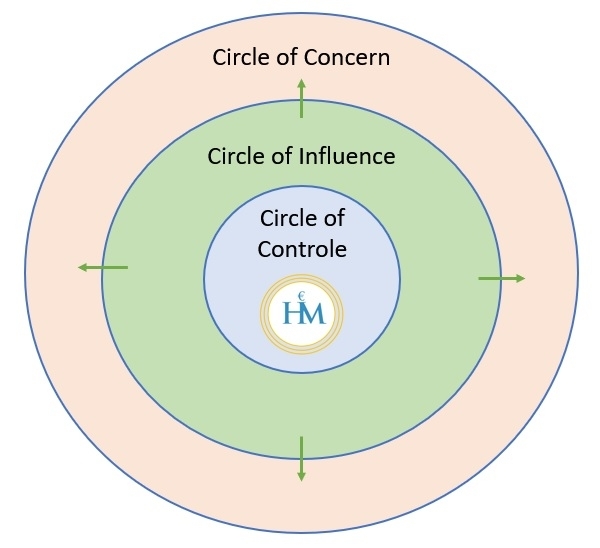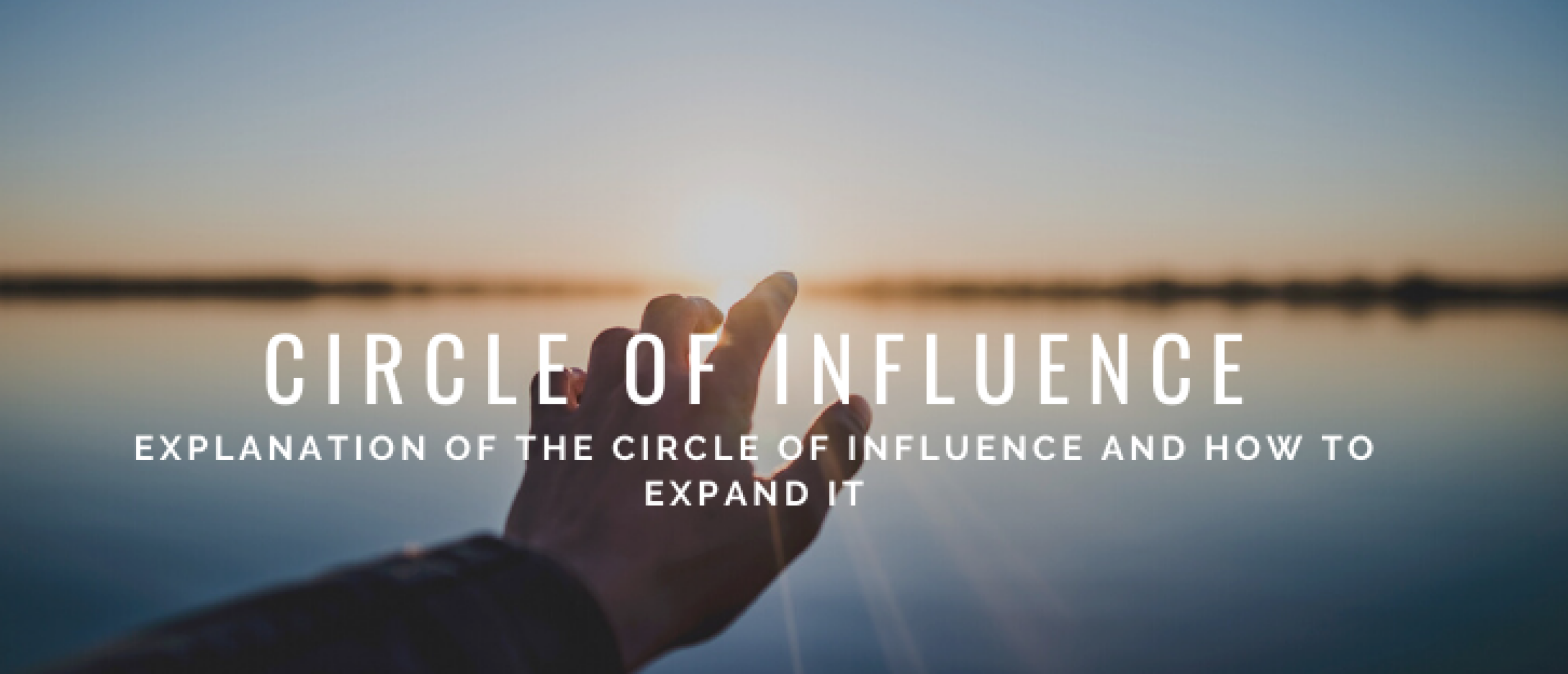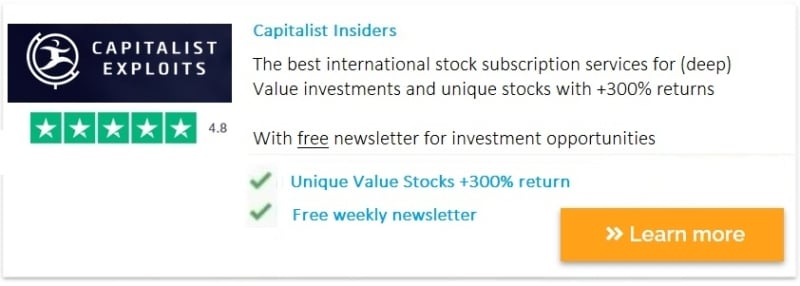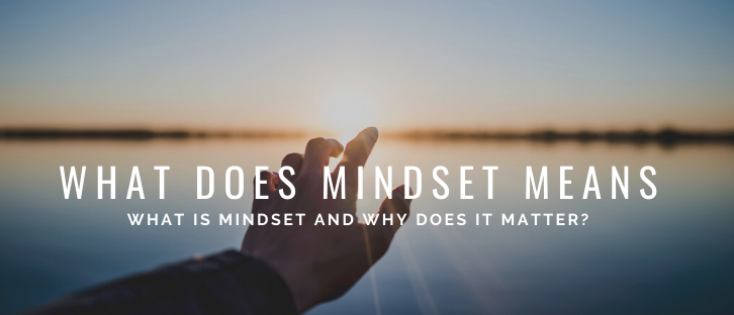Are you interested in learning a powerful method to boost your effectiveness by becoming more proactive? The circle of influence and control is an ingenious method from Stephen Covey's bestseller The 7 Habits of Highly Effective People, published in 1989. In this article, we will explain the circle of influence and control and how to use it to boost your effectiveness and productivity. We will also provide many examples of the circle of influence.
Let’s begin!
What is the circle of concern?

Stephen Covey's bestseller discussed how to cope with different situations by being proactive. He designed three rings using this ingenious method called Circle of Influence and Control:
- The Circle of Concern
- The Circle of Control
- The Circle of Influence
The Circle of Concern encompasses all of your job and personal difficulties and worries. The goal is to figure out which of these items are inside your circle of control and which are outside. After all, what we cannot control we do not need to worry about. It happens as it is. But that which we can control, we can act on proactively to improve our lives. In every conceivable respect (relationships, work, financial, et cetera).
Let’s have a look at the circle of control first. After that, we will examine and explain the circle of influence.
What is the circle of control?
The circle of control includes the things you can directly control. Some factors, such as the weather, pandemics, and the economy, are beyond your control; you have no power over them. Other aspects of your life are entirely in your hands. For example, how you react to specific people, your work performance, and whether you consume healthy or unhealthy foods.
However, you may be able to influence some of the items in your Circle of Concern that you don't have direct control over. Typical examples are the behavior of other people (such as colleagues), or the outcome of a project carried out within a team
Instead of waiting for things to happen, being proactive involves acting on what you can control, focusing on increasing your Circle of Influence, and doing what you can about it.
The concept itself demonstrates how to gain control when you feel like you don't have any. It makes you acknowledge that you always have more power than you realize. Let’s explain the circle of influence.
What is the circle of influence? Explanation and Examples
The circle of influence includes the things you can indirectly control. According to Covey, we should focus on what we can influence. He claims that focusing on the things we can manage in a good and proactive manner can expand our circle of influence as a side consequence.
Another point to consider is that some things are under our direct control. However, there are many more that we can't control but can influence. We can indirectly influence on a broader scale by focusing on what we can affect (e.g. our actions, habits, planning, etc.)
For example, when you focus on your own business or job, you not only affect your economics. Instead, you can also start to influence your local community's economy. It eventually contributes on a small scale to a global economic impact.
As a Sales Manager, you can act proactively within the internal organization. Instead of waiting for news from planning or customer services, you can take the initiative to take care of everything. In this way you enlarge the circle of influence. And in the end, you benefit from this a lot. You know that everything will be all right, and the customer is happy. Win-Win.
In the case of climate change, you may think that your economic footprint is nothing. But if everyone thinks like that, things will go wrong very quickly. So you can also make choices like consuming, to make your contribution. This is how we influence. And your environment notices this: leading by example.
Let’s have a look at tips and examples to expand our circle of influence.
Expand Circle of Influence: 6 tips

How can we expand our circle of influence? Let us discuss 6 examples to help us expand our circle of influence.
Example 1. Take charge of the situation.
Our instinct is to act rather than be acted upon. This allows us to create situations and choose our reactions to some scenarios. This expands our circle of influence.
Taking charge does not imply that you are forceful or arrogant. It does mean that you are accepting responsibility for making things happen. This behavior is a key driver of successful people. They increase the circle of influence because they take full ownership of the situation. There is also a well-known book written about this called Extreme Ownership by Jocko Willink and Leif Babin.
Many individuals are waiting for something to happen or someone to look after them. Proactive individuals are solutions to issues rather than problems themselves, who grab the initiative to do whatever is necessary to get the task done.
Example 2. Pay attention to how you speak.
Our language is a powerful sign of how proactive we consider ourselves to be. Reactive people's language absolves them of accountability.
For example, reactive people's language has phrases like:
- I'm sorry, but there's nothing I can do.
- That's just how I am.
- That isn't going to happen.
- That is something I must do.
- I'm afraid I can't.
- I have to.
- If only it were that simple.
And the transfer of responsibility is at the heart of it all: I am not in charge, and I cannot choose my response. These words is how you narrow your circle of influence. Often unconsciously. By using language in a different way, we can increase our circle of influence. Simply because we speak with conviction.
On the other hand, this is how proactive people's language sounds like:
- Let's have a look at our choices, shall we?
- I have the option of taking a different strategy.
- My emotions are within my control.
- I know how to make a good presentation.
- I'll come up with a suitable response.
- That is what I prefer.
- I'm going to do it.
Be sure and clear in the language you speak. Here's how you're going to expand the circle of influence.
Example 3. Before you can change the world, you must first change yourself.
In his book, Covey shows us the importance of differentiating between the "haves" and the "bes" as one method to figure out which circle our issue belongs to.
The circle of concern is full of “haves”:
- "I'll be happy when I have my house paid off."
- "If only I had a boss who wasn't such a dictator."
- "If only I had a more patient husband."
- "If I had more money ."
- "If I had my degree."
- "If I could just have more time to myself."
On the other hand, the circle of influence is full of “be”: “I can be more patient, smart, and compassionate.” It’s a different focus.
When we believe the problem is "out there," we are the problem: We give what's out there the ability to dominate us. In this case, the paradigm is "outside-in," which means that what exists outside of us must change before we can change.
However, the worldview of proactive people is “inside-out”. In other words, we need to change first, and the rest will change in consequence.
Example 4. Recognize and rectify your mistakes as soon as possible.
While we have complete control over our acts, we do not have full control over the repercussions of those actions. Natural law governs the consequences. For example, as Covey said, we can choose to walk in front of a fast-moving train, but we have no control over what will happen when the train collides with us.
Principles guide our actions. Living under those principles has beneficial outcomes while violating them has negative outcomes. In each scenario, we have the freedom to pick our answer, but we also have the freedom to choose the consequences that come with it.
Failing to accept a mistake, correct it, and learn from it is a different kind of mistake.
Sometimes we make mistakes, but we don’t acknowledge them. That frequently leads to self-deception and self-justification, with a lot of rationalization (logical falsehoods) to oneself and others. We try to cover up the situation and justify our actions (even If we were wrong), making it worse. This way, we lose our power.
Example 5. Keep your word and keep your promises.
Covey emphasizes how our capacity to establish and maintain commitments is at the heart of our circle of influence. The clearest representation of our proactivity is our commitment to the promises we make to ourselves and others. Keeping our promises with conviction is one way to expand the circle of influence.
We begin to create inner integrity when we keep promises, even minor tasks. That gives us the awareness of self-control and the bravery and fortitude to embrace more responsibility for our own lives.








